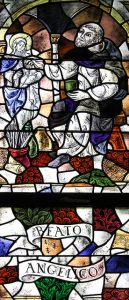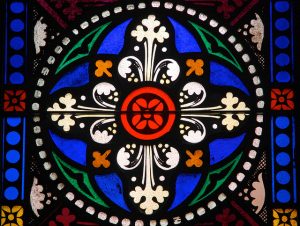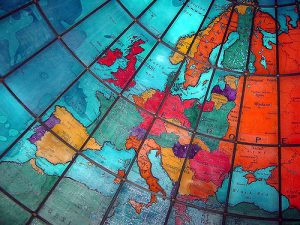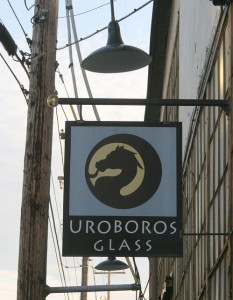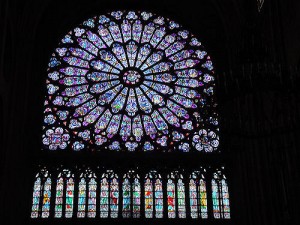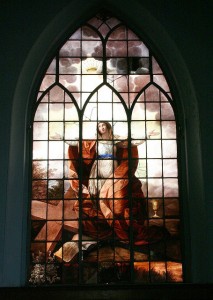Could glass paint replace stained glass?
If you follow events in the art world, one of the most interesting emerging controversies surrounds stained glass. While the term “stained glass” can apply to glass that’s been painted, colored, enameled, tinted or truly stained, it typically refers to the latter. Artisans have stained or colored glasses for thousands of years, but as an art form, stained glass emerged during the Roman Empire.
Glass paint could be a safe substitute
Today, the safety of stained glass manufacturing methods has been called into question. The intense colors used in stained glass art derives mostly from toxic metals that are added to molten glass during production. Mercury, lead, arsenic, cadmium, chromium and selenium are all known neurotoxins. At the high temperatures required for glass production, these metals are vaporized and are released into the air. They accumulate in significant quantities around glass furnaces. Expensive exhaust filtration systems can be installed to capture the toxic particles, but the cost of these systems is often beyond what an art-glass furnace can or will spend.
That’s left artisans looking for a substitute for glass colorants. As it turns out, they may not need to look far. At its artistic high point in the Middle Ages, stained glass production underwent a significant transformation. Artisans stopped using heavy metal additives to achieve color in glass and turned instead to glass paint techniques. For about 500 years, most “stained” glass was actually painted glass. In the mid-1800’s, European and American glassmakers revived medieval stained glass production techniques, and those are the glass formulations that are under fire today.
Although it was largely reserved for churches during the Middle Ages, decorative stained glass made its way into homes and businesses. About 90% of the stained glass that’s produced today is intended for display in homes and offices. Historic preservation and restoration are actually driving the question about stained glass manufacturing. Antique stained glass windows were often installed in higher-end homes from the mid-1800’s until the Great Depression. Only a fraction of this stained glass art in historic homes still survives. A similar question is facing historic churches – how best can stained glass art be preserved?
Environmental and health concerns about stained glass windows (which typically contain lead beading), may render the question academic. While the number of glass furnaces that can safely produce true stained glass diminishes, more artisans may move to the use of glass paint, which dominated the stained glass art world for about 500 years. A significant number of painted glass artworks survive, and artists are scrambling to relearn glass paint techniques.
Modern glass paint offers a number of options, including a wider range of colors. It also eliminates the need to fire finished glass pieces to bind the paint to the glass.
GlassPrimer™ glass paint was not specifically designed for fine art applications, but it provides exceptional coverage, a broad range of colors and can be used in both interior and exterior applications. It’s also UV-resistant, so it won’t fade, even in direct sunlight.
For more information about GlassPrimer™ glass paint, please visit the rest of our website.
Photo Credit: Lawrence OP, via Flickr

